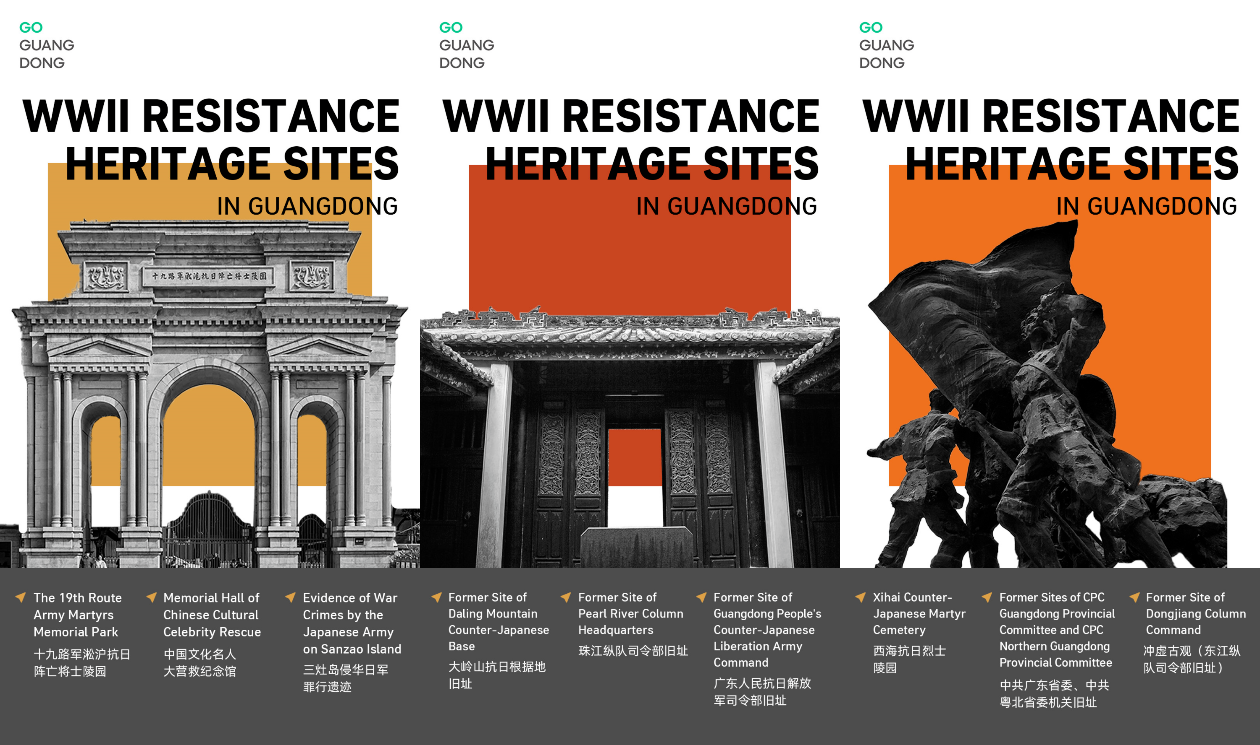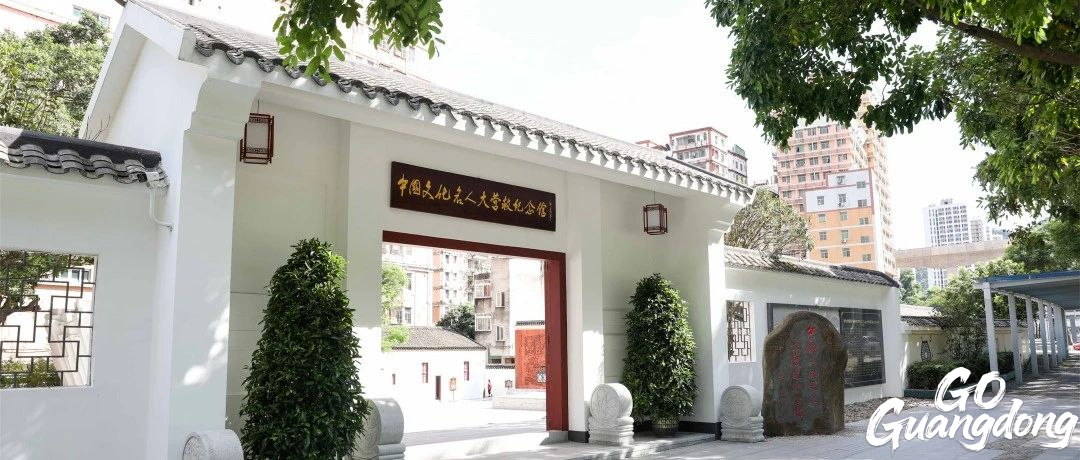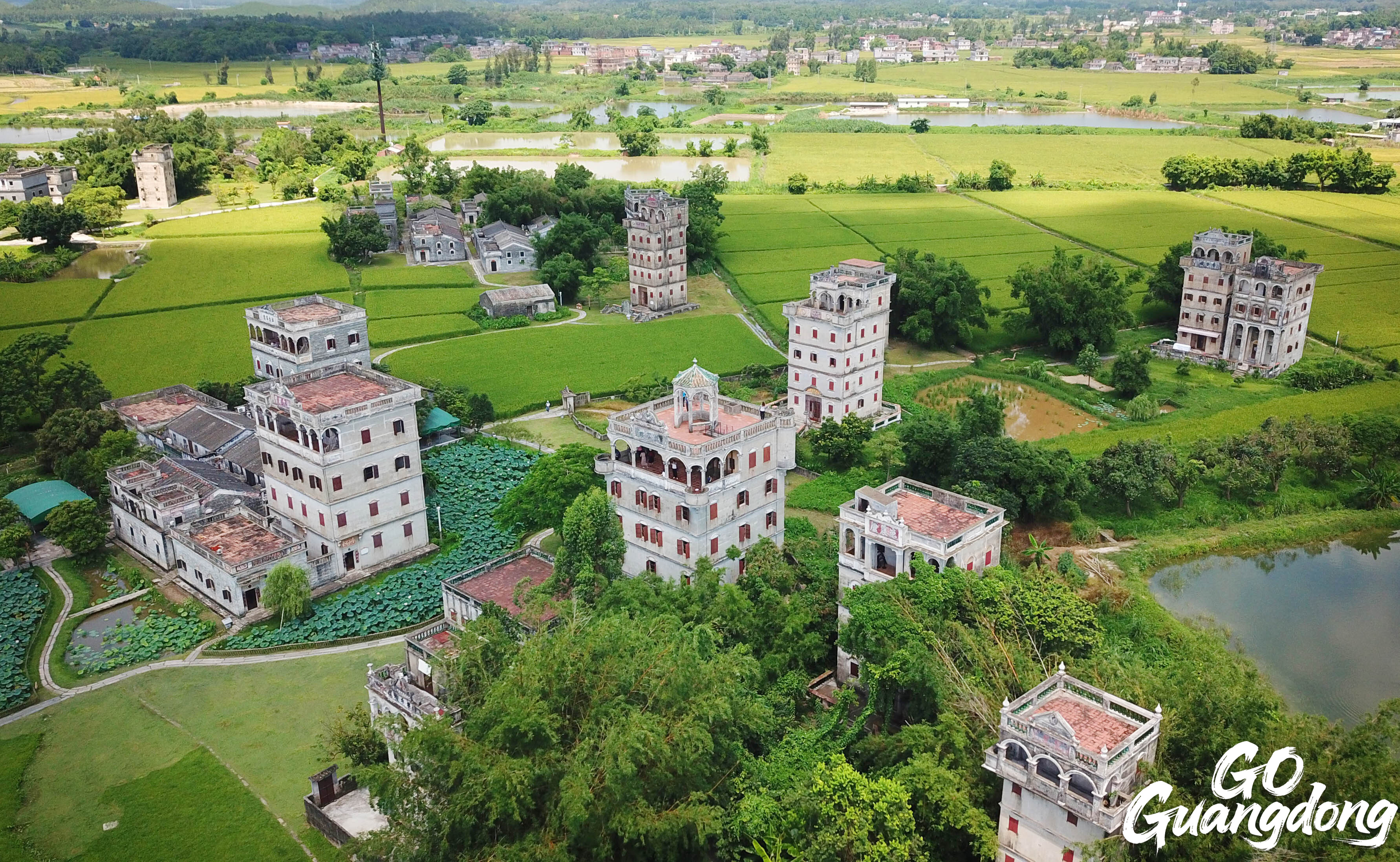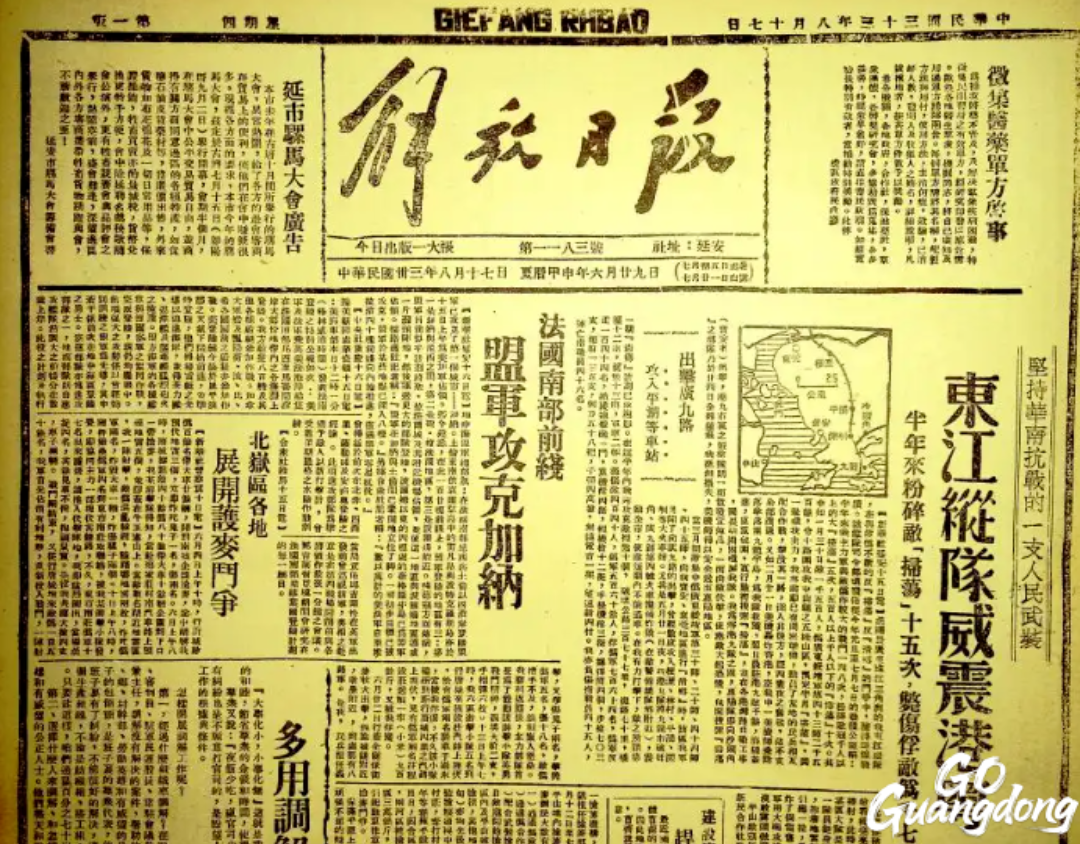
Guangdong's role in resistance against Japanese aggression
In the early hours of October 12, 1938, the Japanese 21st Army, supported by naval forces, launched an aggression on Daya Bay in Guangdong. The defending Kuomintang (KMT) troops, undermanned and unprepared, were rapidly overwhelmed. Within just over ten days, the strategically vital cities of Huizhou and Guangzhou fell to the Japanese advance. The aggressing forces committed horrific atrocities, such as binding captured civilians from the Dongjiang region to bridges and using them as live targets for bayonet practice, plunging the people of South China into a period of immense suffering and loss.
Following Guangzhou's occupation, Communist Party of China (CPC) Central Committee issued instructions to its Guangdong leadership to organize guerrilla warfare in the occupied territories. The CPC committees across Guangdong eventually built up counter-Japanese armed forces totaling over 28,000 personnel, organized into seven main columns, including the Dongjiang Column, the Qiongya Column (on Hainan), and the Zhujiang (Pearl River) Column.
The South China behind-enemy-lines battlefield, pioneered by the CPC, encompassed vast areas of Guangdong, Guangxi, and Hainan, bordering Hong Kong and Macao. These forces wiped out approximately 150,000 Japanese troops and puppet soldiers, engaged in over 3,000 battles, and inflicted more than 20,000 enemy casualties. The area of the counter-Japanese base regions and guerrilla zones under their influence expanded to about 97,000 square kilometers, with a population exceeding 10 million people, making it a crucial component of the Chinese People's War of Resistance against Japanese Aggression.
1938年10月12日凌晨,日军第21军在武装舰队的掩护下突袭广东大亚湾。国民党守军因兵力分散、戒备松弛,被日军迅速击溃。仅仅十余天,惠州、广州接连沦陷。无恶不作的日军将抓来的东江百姓绑于桥上,充当刺杀练习的活靶。南粤人民坠入家破人亡、水深火热的深渊。
在广州沦陷后,党中央又再次指示广东党组织负责人要在广州及其他敌占区开展敌后游击战。广东各级党组织领导的抗日武装共2.8万余人,有东江纵队、琼崖纵队、珠江纵队、广东人民抗日解放军、南路人民抗日解放军和韩江(潮汕、梅埔)纵队七个纵队。
华南敌后战场是由中国共产党领导开辟的抗日敌后战场,涵盖广东、广西、海南等地,毗邻港澳,山水连绵浩荡。华南人民抗日武装牵制日伪军15万人,对日伪军作战3000多次,歼灭日伪军2万余人。敌后抗日根据地和游击区面积扩展到9.7万平方公里,人口1000多万人,为中国人民抗日战争胜利发挥了重要作用。
Major Events during the War
The Great Hong Kong Rescue (1941)
香港大营救(1941年)
Following the fall of Hong Kong to Japanese forces in December 1941, prominent progressive intellectuals and patriotic democrats, including Soong Ching-ling, He Xiangning, Mao Dun, and Zou Taofen, found themselves trapped on the island. They faced imminent danger, as Japanese troops actively searched for and arrested such figures.
In response, the CPC Guangdong Committee and the Dongjiang Counter-Japanese Guerrilla Force executed a secret rescue mission through both land and water routes. This remarkably successful operation safely evacuated over 300 leading cultural figures and patriotic democrats. When including international friends and other individuals, the total number of people rescued exceeded 800. Astonishingly, not a single person was lost or captured during this entire mission. This daring and meticulously planned rescue is widely regarded as a monumental feat that preserved the backbone of China's intellectual and cultural elite.
1941年12月香港沦陷后,宋庆龄、何香凝、茅盾、邹韬奋等大批进步文化人士与爱国民主人士滞留孤岛,随时面临日军搜捕的生死威胁。广东党组织和东江抗日游击队通过水陆两条路线,秘密营救出文化界知名人士和爱国民主人士共300多人,连同国际友人及其他人士在内更是多达800多人,既无一人牺牲也无一人被捕,堪称保存中国文脉和精英的一次壮举。

Memorial Hall of Chinese Cultural Celebrity Rescue in Shenzhen
Support from Overseas Chinese
华侨支援
Guangdong's resistance was deeply supported by overseas Chinese. They contributed funds, supplies, and even returned to fight. According to incomplete statistics, over 40,000 overseas Chinese with Guangdong roots returned to China to join the resistance against Japanese aggression. By the first half of 1939, driven or organized by the CPC, over 1,000 compatriots from Hong Kong and Macao had formed more than 50 "Returning Home Service Groups", which provided critical support in areas such as medical aid, logistics, and guerrilla warfare.
广东的抗战得到了海外华侨的巨大支持。他们捐款捐物,甚至回国参战。据不完全统计,抗战期间,回国参加抗战的粤籍华侨有4万多人,到1939年上半年,港澳同胞在党组织推动或领导下,组建了五六十个回乡服务团,人数达1000多人。

Jiangmen City, the renowned ancestral hometown of overseas Chinese
The Battle of Meitang (1944)
梅塘战斗(1944年)
In May 1944, over 500 Japanese troops launched a surprise attack on the Dongjiang Column's training base in Meitang, Dongguan. The Column seized the high ground at Ma Shan Mountain and engaged in a day-long battle, killed or wounded nearly 100 enemy soldiers and thwarting the Japanese encirclement campaign.
1944年5月,日军500余人偷袭东莞梅塘的东江纵队整训基地。纵队果断反击,抢占制高点马山,与日军激战一整天,毙伤敌军近百人,粉碎了日军的围剿企图。

The column soldiers were testing the seized weapons. (Photo by China Military Online)
Rescue of International Allies
营救国际盟友
The Dongjiang Column rescued international allies and downed Allied pilots multiple times during the war. For instance, during the Japanese occupation of Hong Kong, they successfully rescued eight American pilots and 103 other international personnel, including individuals from Britain, the Soviet Union, and India, bringing the total number of rescued individuals to 111. Specific notable rescues include saving five American airmen in Daya Bay on May 26, 1944.
东江纵队多次营救国际友人和盟军飞行员。例如,香港沦陷期间,东江纵队共营救了8名美军飞行员,以及103名英国、苏联、印度等国际友人,总数达111人。1944年,在大亚湾营救了五位落难的美军飞行员。

Jiefang Daily reported the story of the Dongjiang Column on 17 August, 1944. (Photo by Nanfang Metropolis Daily)
Reported by Yin Juewen
Edited by Zhou Jiyin










